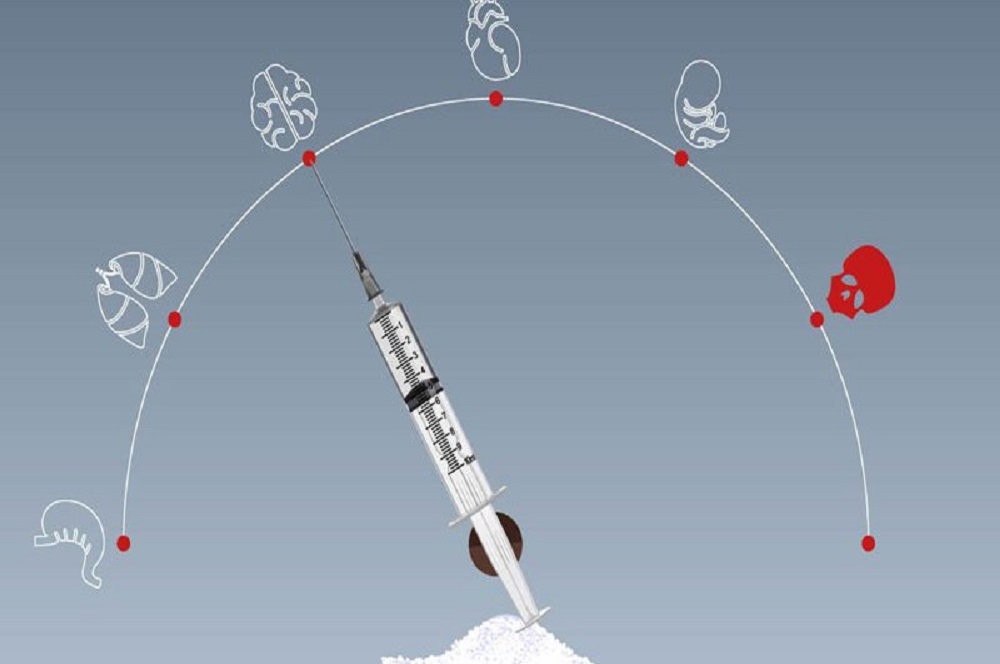

March 24 - A study conducted recently by the Ministry of Social Development reveals an alarming increase in the number of drug users in the Sultanate. It was based on people’s visits to the specialised treatment institutions.
The study threw up some shocking results. The Outpatient Clinic of Addiction at Al Masarra Hospital, for instance, received 4,216 visitors in 2010 as against 2,418 in 2009.
According to the National Record of Addiction (NRA), between 2004 and 2015, the number of drug addicts who sought treatment at the different public health institutions reached 5,363, of which 56 were females.
A total of 372 cases of drug abuse were registered in 2015, of which 72 per cent were below 35 years old, the study has found.
The National Committee for Narcotics and Psychotropic Substances has warned these figures “do not represent reality” as some people receive treatment at private clinics, while some prefer to go abroad for social reasons, especially females.
Drugs can negatively impact all aspects of a person’s life, family, friends and community, and mount an enormous burden on society. Drug addicts could also become responsible for various crimes.
Between 2000 and 2016, the number of drug-related crimes has been increasing. In 2016, 2,538 crimes were committed, an average annual rise of 43.4 per cent, according to the Public Prosecution.
Dr Mahdi Abdurabu, from the College of Arts and Social Sciences and the lead researcher of the study, indicated the drug menace was spreading among children and teenagers.
But the General Directorate of Narcotics Control (GDNC) says that the crimes committed by child addicts don’t amount to even one per cent.
Dr Abdurabu listed a number of reasons for drugs abuse and addiction, including geographical location, foreign workers, rapid social change, population structure, high economic levels, travel abroad, free time, bad company (friends), among others.
Besides the easy availability of drugs, the lack of specialists in helping treat the problem was another impeding factor, according to him.
Countries around the world have devised different programmes to protect children and the young people from getting addicted to narcotic drugs.
Finland, for instance, has a variety of programmes to protect students in both general and higher education. Teams from various disciplines — doctors, nurses, teachers, media professionals, social workers and psychologists — are constituted, in addition to programmes to treat addicts.
The study came out with significant findings. According to it, drug abuse in Omani society was not linked to the level of income, as abusers were found among both high and low income groups.
Most of them got hooked to drugs because it initially gave them “momentary happiness”, from which they struggled to come out because of ‘withdrawal symptoms’, a result of their prolonged use. These symptoms, also called ‘withdrawal syndrome’, are unpleasant physical reactions that accompany the process of ceasing to take an addictive drug.
It also found the number of female drug abusers is way less compared with males. “There is also a connection between drug abuse and low educational level of parents,” it indicated.
Financially, the amount of money spent on drugs ranged from RO 313 to RO 448 per person per month — a sizeable sum.
The researcher suggested the importance of focusing on preventive measures to combat the spread of drug menace. Prevention is less expensive than the treatment, he said.
Several studies confirm a majority of the rehabilitated people are prone to relapse (get back to addiction). “Most of the addicts are treated more than thrice before they permanently kick the habit,” Dr Abdurabu added.
Oman Observer is now on the WhatsApp channel. Click here



